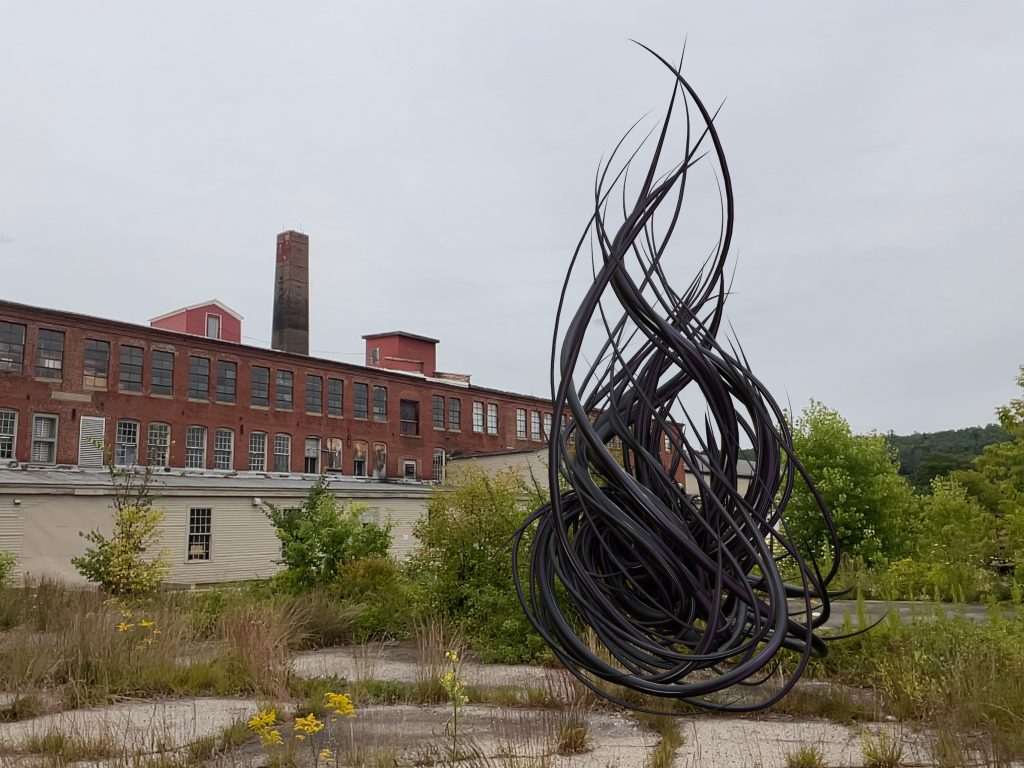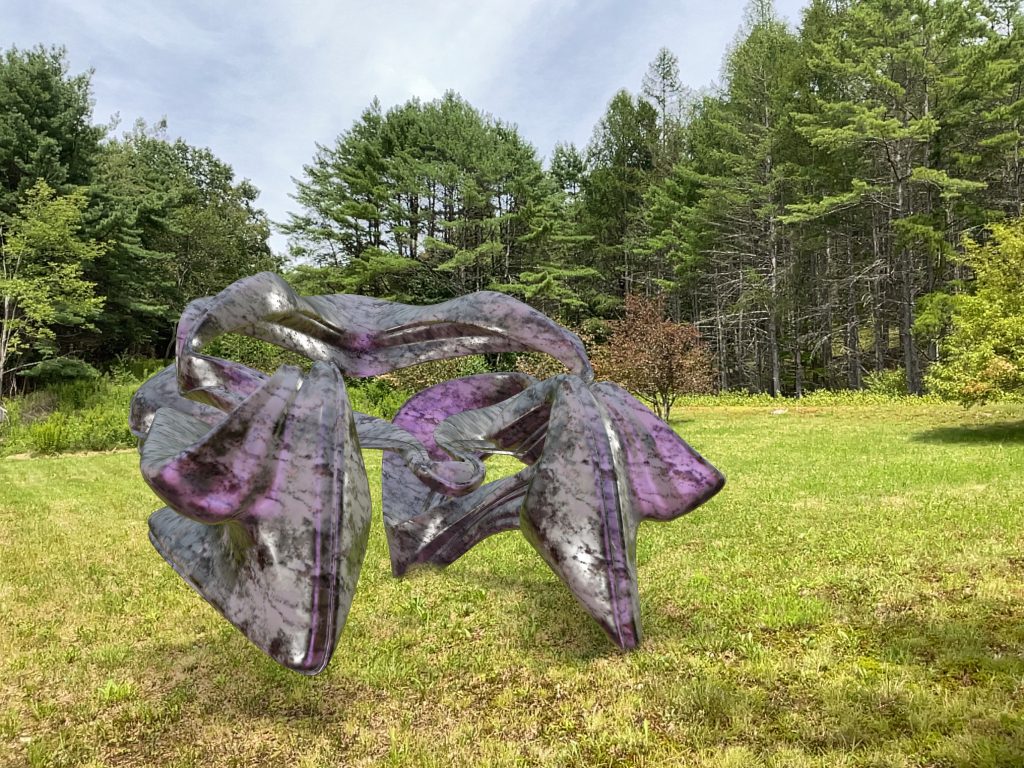GEOFENCING
CONTENT
What's a Content Geofence?
A geofence is a virtual perimeter drawn around a physical location in the world. A geofecne can be seen as the digital borders for a partner’s augmented reality metaverse. Geofences can be activated by GPS location, RFID, and Wi-Fi and are used in the Illust application as a way to position content, experiences, artwork, PoPs games, waypoints, and messages. All geofences can be activated on the Illust AR application by using the visitors smart phone device, GPS, and a couple of partners who fly under-the-radar (pun not intended).
Partners and creators on the Illust application have full access to a suite of tools which enable them to create geofences simply and affordably. Unlike Snap and other social media networks, partners and creators on Illust can geofence any type of content free of charge.
What are the Benefits to Creating a Geofence?
Geofencing content is valuable in the following ways:
- Geofencing experiences at specific locations create foot traffic
- Geofencing creates scarcity for digital experiences
- PoPs generated at geofences represent highly engaged audiences
- Geofences can reward localization of communities
- Geofencing can be used for location based voting
- Geofencing is contextual and can add value to an experiences storyline


Are There Any Limits to Where I Can Create a Geofence?
Absolutely not! This is one of the key points of differentiation with the Illust AR application. Whereas many augmented reality (AR) metaverses require you to purchase digital land for rights to place content, Illust offers a map which is completely open and free for geofence creation.
In order to manage the amount of geofences on the public map aka Public Layer, Illust created a system for permissioning your own private map which contains all of the geofences you wish to contain in a single location known as an AR Layer.
Therefore, if you would like to publish a content geofence at the great wall of China, at the statue of liberty, at times square, you are free to geofence as your heart desires.
For more about AR Layers, please visit here.

What Content Can Be Rendered In a Geofence?
Currently, geofences support the rendering of videos (.mp4), photos (.png/.jpg/.svg), and 3D (.glb/.gLTF/.usdz) models at a given location.
Geofences can also render the following augmented reality scenes:
- World Effects: photo
- Face Effects: photo
- Marker Tracking: photo
- Holograms: photo




Audio support is currently being tested in the application and will be rolled out in the coming months.
If you are looking to geofence an experience today without support from an Illust rep, the experience must be minted either on Polygon or Ethereum. Illust partners are able to create geofences through non-minted assets either through the Geospatial Registry or by contacting an Illust rep directly.
How Do I Create a Geofence?
Creating a metaverse geofence is simple and can be completed in 30 minutes or less if you have the ingredients ready. Here are the requirements to create a geofence as well as some questions to ask before you publish:
- What content do I want to deliver to the geofence? Is it minted on Polygon or Ethereum? If I want to mint the experience on Illust, please visit here.
- What’s the address or specific location of where I want the geofence?
- How big of a radius do I want to make the geofence?
- Is there a description or information I’d like delivered alongside the experience in the geofence?
- Do I want to configure what my Proof of Presence token looks like?

What’s the Geospatial Registry and How Does it Relate to Geofencing?
The Geospatial Registry (GSR) is an open project from many different collaborators in the augmented reality, blockchain, and artist ecosystems working to create a seamless system for any body or project to instantly define a geofence in the physical world without having to log into the Illust AR application. The GSR is a fully on chain creating a system of checking provenance of content placements in the physical world. The aim with the GSR is to give every digital asset an on-chain home in the physical world which will make content authentication, interoperability, and mobility across the metaverse seamless and trustless, a role currently managed by the walled garden social media apps of Meta, Snap, and Niantic.
The GSR will also have an SDK available for special partners to create a truly seamless movement of digital assets into the physical world.
GSR litepaper coming soon.
GSR microsite coming soon.
Closing Thoughts
Creating a home for your experience has never been easier. By using the Illust suite of placement services, your augmented reality metaverse can come to life in minutes. If you would like more information the benefits of creating a content geofence, a walkthrough of best practices, or past activations using a geofence, please don’t hesitate to reach out to an Illust rep below.
Give Us a Shout
More from Illust

Augmented Reality Solutions for Cannabis, Music, and Retail
Artist-Driven AR Experiences That Engage and Retain Your Customers. Book a Time Free Consultation Over 3 Billion Impressions Facilitated for our Partners Where TalentMeets Tech.

Welcome to Illust, a Web3 Metaverse in the Physical World
IMMERSIVE AUDIENCE ENGAGEMENT ☻ Augmented reality encounters for . Book a Time Free Consultation Over 3 Billion Impressions Driven for our Partners >50% of consumers

GeoSpatial Registry
THE GEOSPATIAL REGISTRY TL;DR The GeoSpatial Registry or GSR for short is a global index and cross-chain tool for publishing geofenced digital assets into the